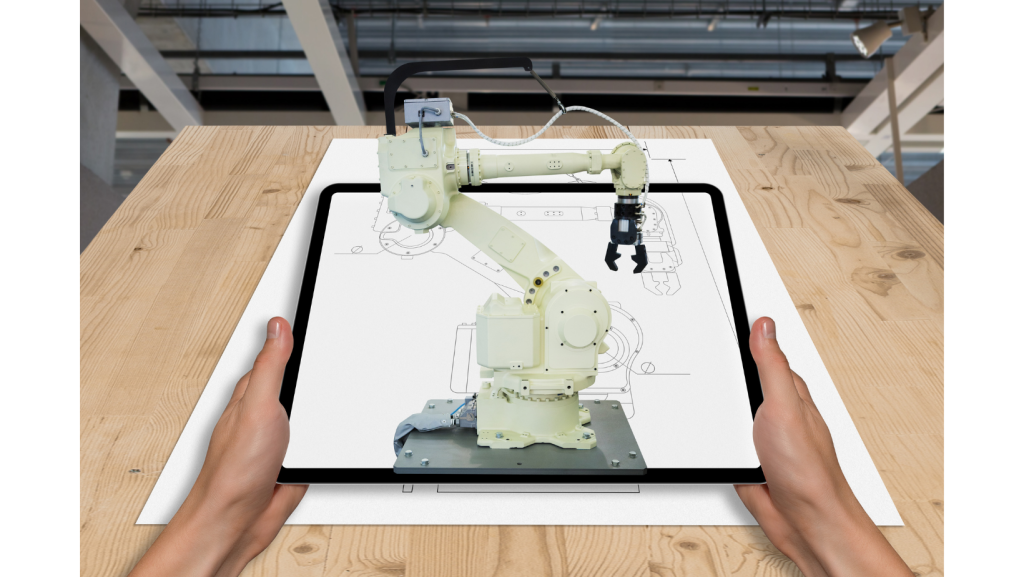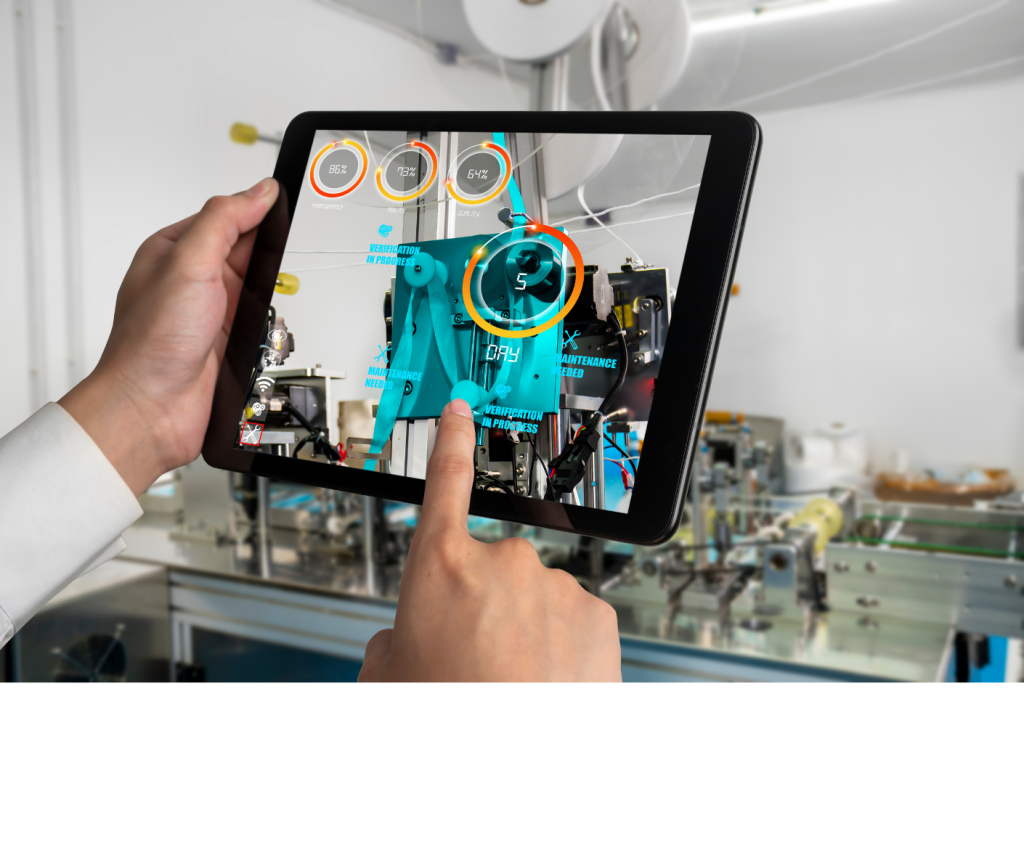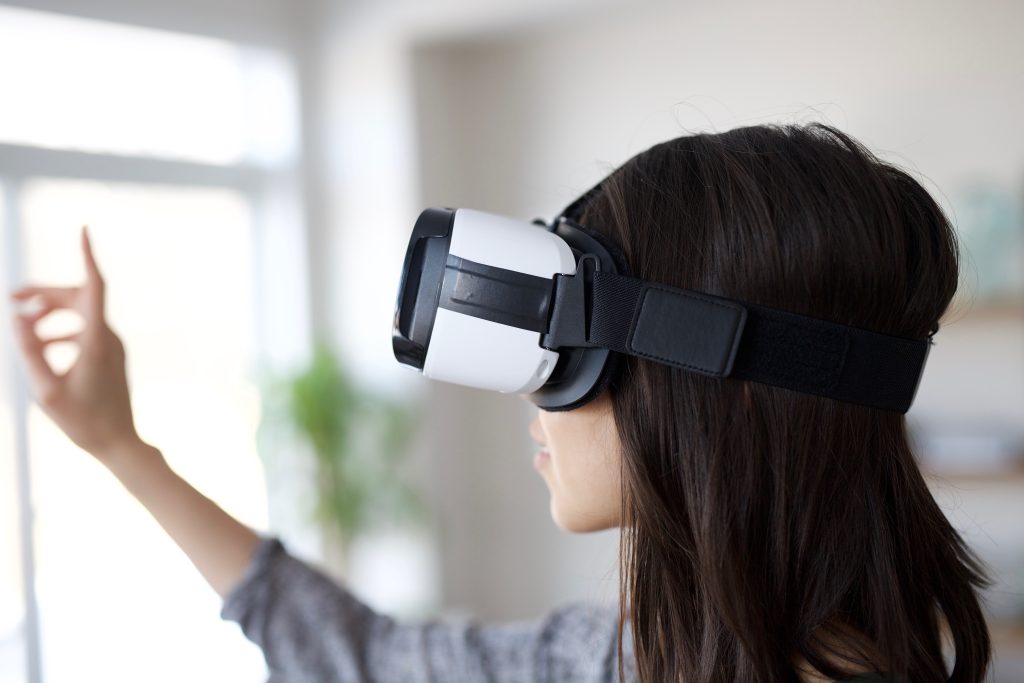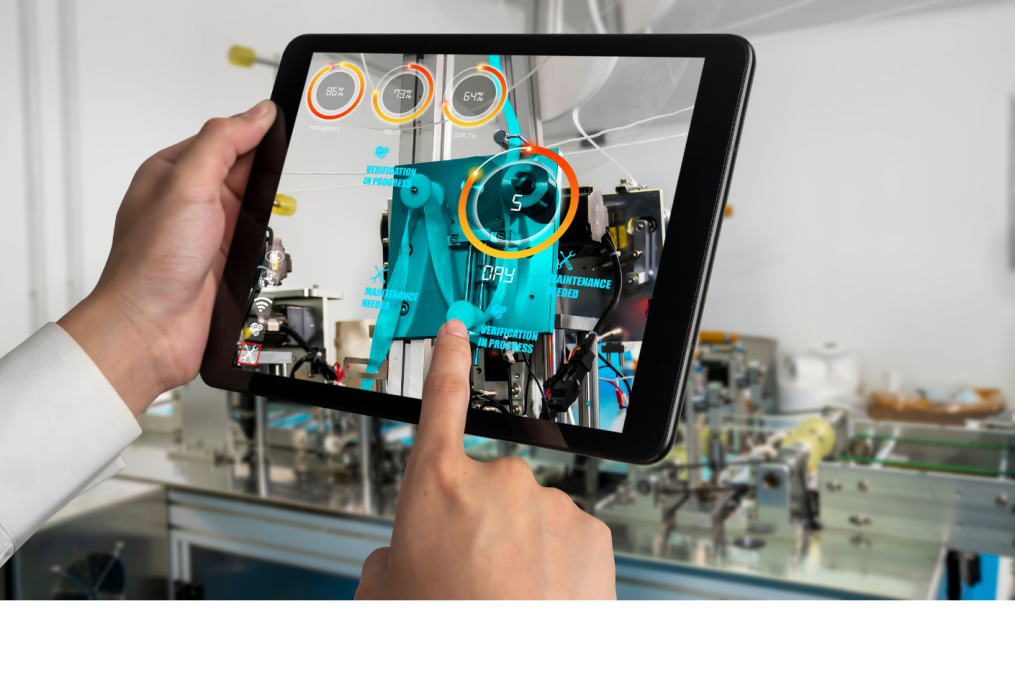How Augmented Reality shapes the World of Business
While virtual reality (VR) is very present in the media, augmented reality (AR) seems to have a minor platform. However, AR is by no means in the shadow of VR, more so its special features make it possible to become ever present in the future and reshape the business world in almost every sector.
What Makes AR Special and How Does It Differ from VR?
With VR, users are presented with a complete virtual world that they can explore with the help of additional aids such as controllers or haptic gloves, without any connection to the real environment. AR, on the other hand, always represents reality, which is shown in the form of photos, videos, or real-time camera transmission. On the representation of the standing or moving image, virtual objects can be added by mapping, which “augments” the reality.
What Can AR Products Look Like?
Depending on the field of application, AR is used in different ways, which also changes its appearance. AR became known particularly through the mobile game Pokemon Go, which motivated people around the world to search for virtual monsters outdoors. In the business world most people will be familiar with the method of digitally trying out glasses in an online store by uploading a photo and trying out different models of glasses. But it can also occur in the form of moving objects, such as wind currents on a weather radar.
AR Usage in Different Business Areas
AR, the New Standard in Retail
The use of AR in retail forms a bridge between digital and physical shopping and makes it possible to try out products in a unique way in a familiar environment before buying them. One example of AR in retail is IKEA, which provides a program that allows customers to upload photos of their home and virtually add furniture.

Sephora, Sephora, with its AR app, offers to test out the look of makeup products with their smartphone camera, online directly on their face. Also in the automotive industry, AR is coming up in sales.
Harley Davidson, for example, uses AR technology that allows customers to customize motorcycles online and, among other things, design different bodywork, as well as seats, their materials and colors, and even the headlight style.

BWM has launched the BMW Augmented app during the pandemic where customers can test in front of their house how the car looks like, how big it is and even open doors or operate the radio with different functions. Another feature allows users to get an X-ray view of the engine compartment and discover how a PHEV switches between gasoline and electric mode.
Here it becomes clear that AR is particularly suitable for individual and customer-oriented products and even brings important advantages compared to conventional customer consulting in the store.
Training Courses and Coaching

AR is revolutionizing the way people are trained through its specialized features. Specifically, it forms an alternative to written instructions, instructional videos, and traditional online courses. AR training promotes individual learning needs through interactive learning.
Technical skills can be learned by representing devices in three dimensions and by visualizing and explaining their inner workings and functions with simple clicks.
Step by step, procedures can thus be learned without the need for teachers or course participants to be present at a common location. Employees can also learn about new products before they are even produced.
Industrial Field Services

AR technologies are relatively new to some areas of business. This is also the case in industrial field service. This area of work connects many different systems, making it difficult to program the necessary AR-compatible software. In addition, a stable internet connection is required and Things integration is needed to synchronize with back end systems.
However, when companies take this step, it opens new doors to innovative tools that are customized for their purposes to improve their service and customer satisfaction.
In the technical service field, AR enables mobile devices to measure a range of different processes and to record all the necessary data in a single pass. In addition, information can be superimposed that records possible malfunctions. Such as the temperature of pipes or components. This in turn reduces the risk of injury in the workplace. AR technology can also help diagnose problems by superimposing schematics of the ideal arrangement of pipes, components or lines over the physical layout, allowing deviations to be identified much more effectively and efficiently.
Efficiency is improved, data acquisition errors are reduced, and operating costs are lowered. As the technology evolves, we can also expect to see even greater integration of AR technology into existing plants.
3. Design and Modeling
In the form of 3D modeling, AR is used primarily in design processes for a wide variety of items. It is also used for the early stages of product design and development to give designers an accurate view of the product’s form and function.
Creative industries are probably the most influenced ones by AR technology.
AR can be used for 3D modeling, especially in the development process of various objects. AR designs can also be used as a tool in the early stages of product design and development, as it gives designers and customers an accurate overview of the product’s form and function, and is easy to modify, thus saving time and materials.
What Can We Expect?

In conclusion, AR in the business world is still in its infancy. The Ar systems in the sales area are already being used by the big brands and it is to be expected that this form of shopping experience will become the new standard and will soon be adopted by smaller companies. In times of increasing digital work, AR will also be established in courses and technical training. Employers should be prepared for exponential growth in AR use across all sectors of business, equipping their systems early and preparing employees for its use..
Sources:
Max Freedman
Jessica Paige
Michael E. Porter and James E. Heppelmann
